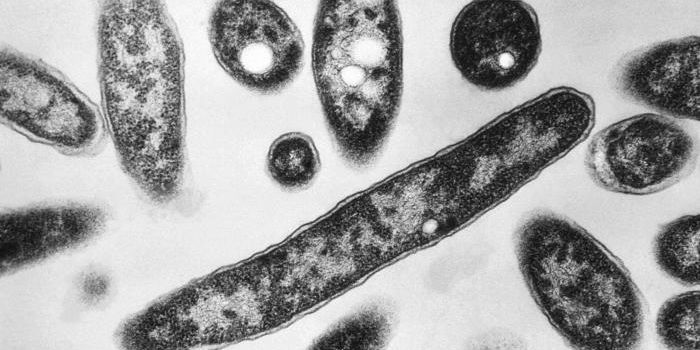Managing toxic algal blooms
Researchers from the University of Waterloo are intent on getting toxic algal blooms in the Great Lakes under control. They have collaborated together to analyze how improved water quality monitoring and management could help to solve the major problem facing the region’s lakes. The key, they say, is minimizing the dissolved phosphorus reaching the lakes, as well as taking the influence of the seasons into consideration. The study was published recently in Limnology and Oceanography.
"Algae love dissolved phosphorus and when it arrives in the summer, it arrives exactly when they want it the most," said Nandita Basu, a professor of civil and environmental engineering at Waterloo. Basu is one of the researchers on the study who looked at water samples from over 200 sites in bodies of water in Canada and the United States in order to identify where dissolved phosphorus is originating from.
Dissolved phosphorus is a nutrient that stems from agricultural fertilizers. Until now, not much research has been done to understand, in the authors’ words, “seasonal variations in nutrient export across watersheds or the relationship between nutrient seasonality and watershed characteristics.” In other words, are there times when dissolved phosphorus is at a high in water systems, even when scientists would expect levels to be low? In the summer, dissolved phosphorus levels should be low in rivers and streams because waters are inundated with spring melt, which dilutes any run-off from agricultural fields. But in fact, this is not what the researchers discovered in their findings.
Using water quality data from the Provincial Water Quality Monitoring Network (PWQMN), the United States Geological Survey (USGS), and the Water Quality eXchange (WQX), among others, the research team selected over 200 sites in the Great Lakes regions to analyze. They found an overwhelming trend that proximity to reservoirs has a significant impact on phosphorus levels in streams and rivers. They say this is likely because reservoirs house washed-off phosphorus and later release dissolved phosphorus in warm, summer months – providing the perfect conditions for algal blooms to grow.
“Our analysis shows that less impacted watersheds, with more forested and wetland area, most commonly exhibit concentration regimes that are in phase with discharge, with concentration lows occurring during summer low‐flow periods,” write the authors in their study. “Agricultural watersheds also commonly exhibit in‐phase behavior, though the seasonality is usually muted compared to that seen in less impacted areas. With increasing urban areas, however, nutrient concentrations frequently become essentially aseasonal or even exhibit clearly out‐of‐phase behavior. In addition, our data indicate that seasonal SRP concentration patterns may be strongly influenced by proximal controls such as the presence of dams and reservoirs.”
The researchers offer one technique of managing the problem, saying we could add oxygen or chemicals to the water in reservoirs to prevent the conversion of phosphorus attached to the soil into dissolved phosphorus. This, of course, would only be a band-aid fix and would not speak to the systemic root problem.
Sources: Limnology and Oceanography, Science Daily









